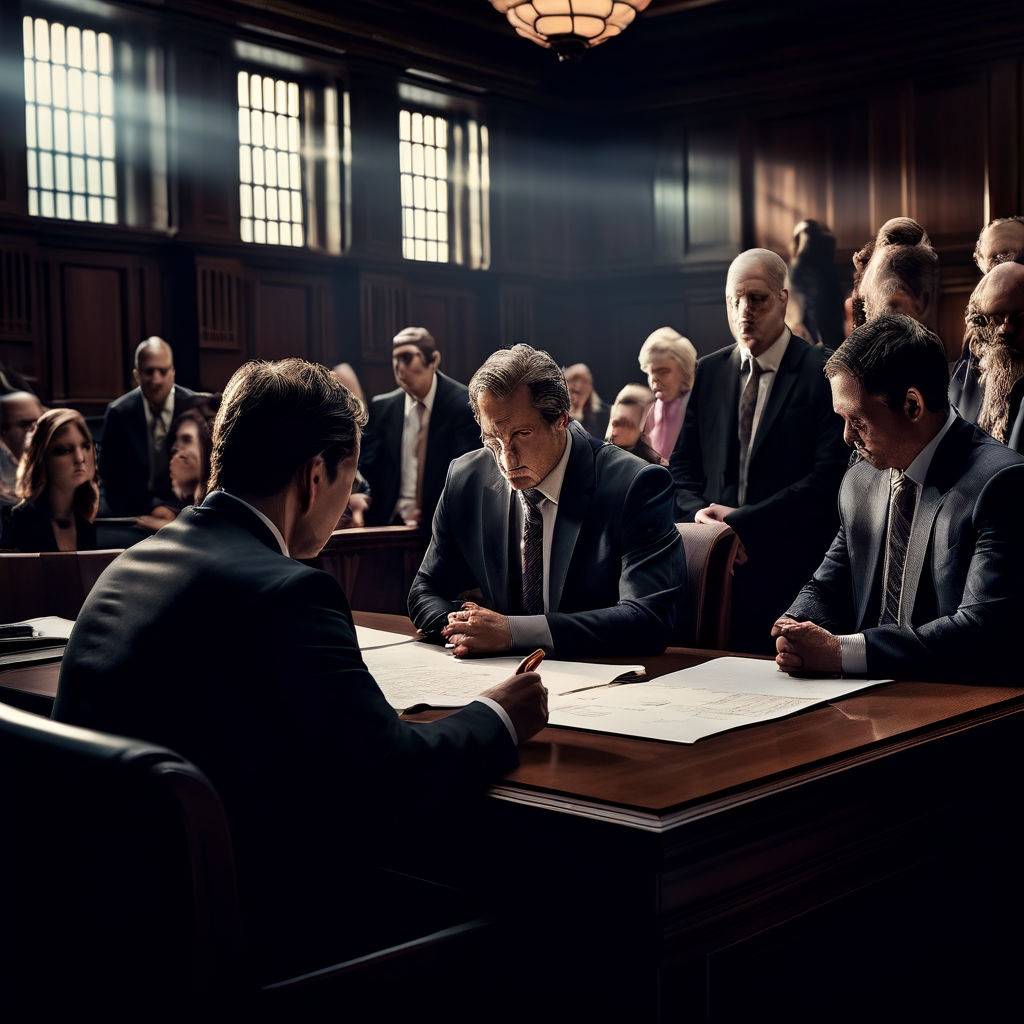Unveiling Fur Baby Friday: Meet Eddie and Smokey from the Franklin County Dog Shelter & Adoption Center
In a contentious legal battle, law enforcement officers across Ohio are asserting their right to anonymity, even in cases involving the use of force or fatalities. This move, they argue, is justified under Marsy’s Law, a measure originally intended to protect victims of crimes like rape or domestic violence. However, the inclusion of police officers as beneficiaries of this law is now under intense scrutiny, raising questions about transparency and accountability within the criminal justice system.
Origins of Marsy’s Law and Its Unforeseen Extension to Law Enforcement
Originally championed by Henry Nicholas III, a Cincinnati native and billionaire, Marsy’s Law aimed to bolster the rights of crime victims after his sister, Marsalee Marsy Nicholas, was tragically killed by her ex-boyfriend. The law defines a victim as a person against whom the criminal offense or delinquent act is committed, yet it didn’t explicitly include law enforcement officers in its initial conception.
Despite its overwhelming support by Ohio voters in 2017, the legislation’s extension to cover police officers wasn’t part of the public discourse during its campaign. Even advocates like David Voth, who played a pivotal role in the law’s passage, expressed surprise at the subsequent inclusion of law enforcement.
Legislative Oversight and Pushback
The implementation of Marsy’s Law in Ohio lacked the necessary legislative clarity regarding its application to law enforcement. Elizabeth Well, legal director for the Ohio Crime Victim Justice Center, recalls the absence of discussions around police inclusion until much later in the legislative process. Attempts to address this issue faced resistance from law enforcement representatives, who perceived such measures as an infringement on their rights.
Legal Challenges and Public Backlash
The controversy surrounding Marsy’s Law has escalated with several cases now before the Ohio Supreme Court, challenging whether police officers qualify as victims under its provisions. One such case involved the fatal shooting of Ta’Kiya Young by an unnamed officer in Blendon Township, prompting a legal battle over the release of officer identities.
Critics argue that extending victim protections to law enforcement could undermine transparency and public accountability, particularly in cases of police-involved shootings. They contend that officers should have a higher burden of proof to establish victimhood, considering the interests of transparency and public oversight.
The Role of Public Opinion and Judicial Precedent
As legal battles unfold, public opinion remains divided on whether law enforcement officers should be considered victims under Marsy’s Law. Attorney General Dave Yost emphasizes the shared dangers faced by officers and civilians, while also stressing the importance of accountability and transparency in law enforcement actions.
The Ohio Supreme Court’s forthcoming rulings on Marsy’s Law cases will likely set a significant legal precedent, shaping the application of victim rights legislation in the state for years to come. These decisions will ultimately determine the balance between protecting the rights of all individuals involved in criminal cases and ensuring public access to vital information.
Conclusion: Navigating the Intersection of Law Enforcement and Victim Rights
The debate over the application of Marsy’s Law to law enforcement underscores the complexities inherent in balancing victim rights with public accountability. While the law was intended to provide crucial protections to victims of crime, its extension to cover police officers has sparked contentious legal battles and public scrutiny.
As Ohio awaits rulings from its highest court, the outcome will not only impact the state’s criminal justice system but also serve as a guiding precedent for similar legal challenges nationwide. In the pursuit of justice and transparency, finding a delicate equilibrium between protecting victim rights and upholding public oversight remains paramount.
For the latest updates on this ongoing legal saga and other local news stories, download The Local News App today.









Leave a Reply